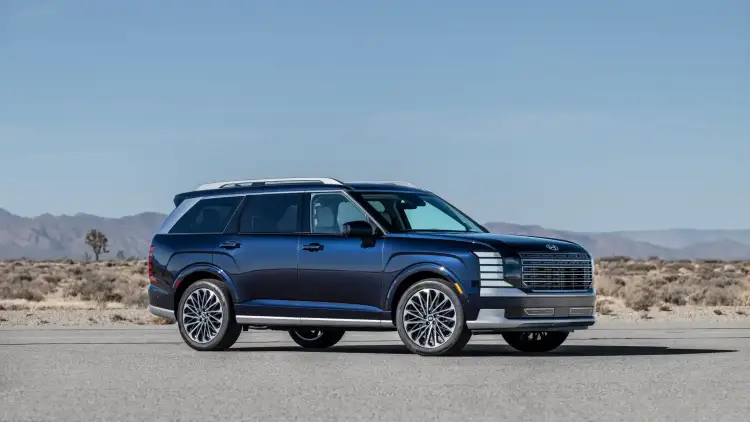- What Has Stellantis Announced About the V8 Comeback?
- What challenges could hinder the return of V8 engines?
- When will we see them on GCC roads?
For decades, Dodge has been synonymous with V8 engines that embodied raw power and dominance in the world of American muscle cars. As the global auto industry shifts toward electrification and stricter emissions regulations, these engines have gradually been replaced by smaller or hybrid powertrains. However, recent news from Stellantis has reignited excitement among performance enthusiasts in the UAE and Saudi Arabia, with strong indications that the legendary HEMI engines could soon return to production and eventually to showrooms in the region.
What Has Stellantis Announced About the V8 Comeback?

Reliable reports confirm that Ram will reintroduce the 5.7 liter V8 in the Ram 1500 for the 2026 model year. This time, the engine will be paired with a mild hybrid system known as eTorque, designed to enhance efficiency and lower emissions. The move shows Stellantis’ commitment to preserving the iconic V8 identity, but with a modern twist that aligns with today’s environmental standards.
Additional sources in the US also revealed that the Dundee Engine Plant in Michigan will restart production of HEMI V8 engines starting in August 2025. The return will cover multiple versions of the engine, including:
5.7 liter V8
6.4 liter V8
6.2 liter V8

This decision not only satisfies the desires of traditional customers but also highlights Stellantis’ belief that V8 engines still have a future, even if limited, especially in markets that value performance such as the GCC.
As for Dodge icons like the Charger and Challenger, speculation suggests that V8 options could return to their lineup by late 2026. Although Stellantis has not confirmed this officially, the anticipation is fueling excitement among fans who continue to view these models as symbols of true American muscle.
What challenges could hinder the return of V8 engines?

Despite the excitement, bringing V8 engines back to the GCC will not be an easy task. Several obstacles could limit their availability and spread:
Environmental regulations and emissions: The UAE and Saudi Arabia are adopting stricter policies to control emissions, which forces automakers to introduce hybrid systems or modified technologies to remain compliant.
Taxes and fees: Vehicles with large engines are often subject to higher import duties and value added tax, raising the final price and making them less appealing to a wide range of customers.

Global shift toward electrification: Major companies like Stellantis are prioritizing electric and hybrid vehicles. As a result, V8 engines may be reserved only for performance oriented or luxury models such as the Ram and Durango.
These challenges mean that the return of V8 engines is possible, but it will likely be limited and aimed at enthusiasts who value raw power and exclusivity over pure economic considerations.
When will we see them on GCC roads?

All signs point to 2026 as the true beginning of the V8 comeback, starting with models like the Ram 1500 and the Durango. If Stellantis decides to produce export versions for the Middle East, the UAE and Saudi Arabia are expected to be among the first markets to receive them, given the strong demand for American muscle cars in the region.
However, the return is unlikely to cover the entire lineup. The Charger and Challenger are expected to take longer, as they will need technical updates to comply with stricter environmental regulations. In the meantime, V8 engines will likely remain exclusive to higher trims or special editions, giving them a more premium and distinctive appeal for enthusiasts who value performance and rarity.













